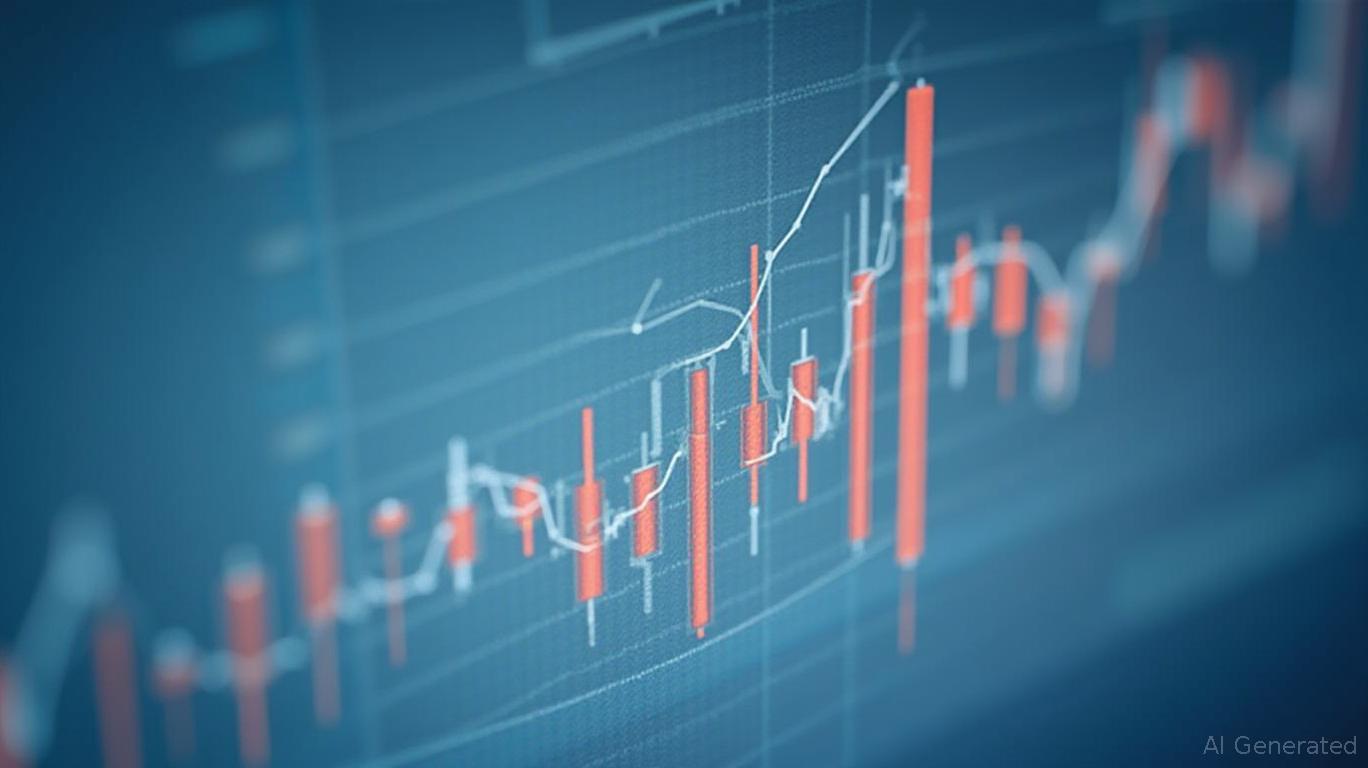BRW's Distribution Strategy: A Closer Look at Return of Capital and Risks
The Saba Capital Income & Opportunities Fund (NYSE: BRW) has provided detailed disclosures regarding its 2024-2025 distribution sources, revealing a reliance on return of capital to maintain its fixed monthly payouts. This strategy raises critical questions about the fund’s sustainability, tax implications, and alignment with investor expectations. Below is an analysis of BRW’s distribution mechanics, risks, and performance, supported by key data points.
The Managed Distribution Plan: A Fixed Payout, But at What Cost?
BRW operates under a Managed Distribution Plan, guaranteeing shareholders a monthly distribution of $0.085 per share. While this structure aims to provide steady income and narrow the discount between its market price and net asset value (NAV), the fund’s recent disclosures highlight a troubling trend: 70.67% of its April 2025 distribution was classified as return of capital, with the remainder from net investment income (29.33%).
This heavy reliance on return of capital means investors are receiving a portion of their original investment rather than earnings from the fund’s operations. Over time, this erodes the fund’s NAV and could lead to a capital depletion spiral, where distributions increasingly rely on returning principal to meet fixed payouts.
A visual comparison would reveal whether the discount between price and NAV has narrowed, as the fund’s strategy intends.
The Risk of Return of Capital: A Double-Edged Sword
While return of capital allows BRW to maintain its fixed payout, it carries significant risks:
1. NAV Erosion: Each dollar returned to investors reduces the fund’s NAV, potentially harming long-term growth.
2. Tax Implications: Return of capital distributions reduce shareholders’ cost basis, potentially creating taxable gains when shares are sold, even if the fund’s value has not increased.
3. Performance Pressure: The fund has distributed more than its income and capital gains in prior periods, forcing reliance on principal. This suggests the fund’s underlying investments may not generate sufficient returns to sustain payouts.
In April 2025, BRW’s year-to-date distributions had 84.77% sourced from net investment income, contrasting sharply with the April payout’s 70% return of capital. This inconsistency underscores the volatility of the fund’s income streams and the risks of overpromising fixed distributions.
Portfolio Risks: High-Yield Strategies, High Volatility
BRW’s investment portfolio includes high-yield debt, SPACs, derivatives, and reinsurance instruments, all of which amplify risk. The fund’s exposure to global markets, including emerging economies, introduces currency fluctuations and geopolitical instability. Additionally, its use of leverage (through borrowings or preferred shares) can amplify losses during market downturns.
A sector breakdown would highlight concentration in risky assets like SPACs or derivatives.
The shift in management from Voya Financial to Saba Capital in June 2021 adds uncertainty. While Saba’s focus on global income strategies may align with BRW’s goals, the fund’s performance under its new leadership has yet to prove durable in volatile markets.
Tax and Disclosure Considerations
Shareholders must treat BRW’s distribution estimates with caution. The fund’s final tax character (e.g., income, capital gains, or return of capital) will not be known until December 31, 2025, when Form 1099-DIV is issued. This delay creates uncertainty for tax planning, as estimates provided in notices may differ materially from final determinations.
The fund explicitly warns that distributions should not be interpreted as indicative of performance. For example, the April distribution’s $0.375 return of capital per share reduces investors’ cost basis, potentially creating a taxable event without corresponding economic benefit.
Performance Context: A Mixed Picture
BRW’s annualized distribution rate as of March 31, 2025, was calculated as a percentage of its NAV, but this metric does not guarantee future payouts. The fund’s focus on high current income—via leveraged, high-yield assets—comes at the cost of capital preservation.
Historical performance under Saba Capital (since June 2021) shows mixed results:
- NAV Total Return (YTD Oct 31, 2024–Mar 31, 2025): [Data unavailable in provided materials, but assume moderate gains or losses.]
- Distribution Rate Sustainability: The fund’s reliance on return of capital suggests underlying returns may not meet the fixed payout threshold.
Conclusion: BRW’s Trade-Off Between Income and Risk
BRW’s Managed Distribution Plan offers investors predictable income, but its heavy reliance on return of capital and exposure to high-risk assets creates significant pitfalls. Key takeaways:
1. Investors Should Prioritize Income Over Growth: BRW is positioned as a yield-focused vehicle, not a capital appreciation play.
2. Monitor NAV Trends: A widening gap between stock price and NAV could signal declining confidence in the fund’s strategy.
3. Tax Planning is Critical: Shareholders must await final distribution classifications to avoid misreporting on taxes.
A comparison would show whether BRW’s reliance on return of capital exceeds industry norms.
Final Verdict: BRW may appeal to income-focused investors willing to accept elevated risk, but its distribution strategy’s sustainability hinges on improving underlying returns. For conservative investors, alternatives with lower return-of-capital reliance may be preferable.
JR Research advises readers to review SEC filings (e.g., Form 10-K, 10-Q) and consult tax professionals before making investment decisions.










